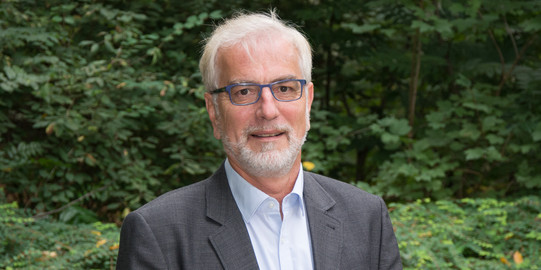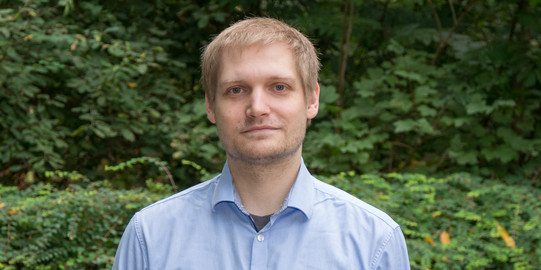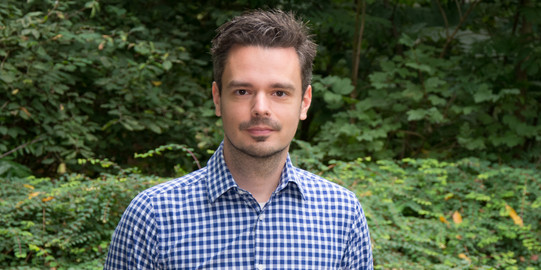MoFFa
Holistic model to illustrate the distribution and transfer of tasks between human driver and driver assistance system in automated and networked driving
Carried out in cooperation with the Chair Control System Design (RST) at TU Dortmund University and the Forschungs- und Technologiezentrum Ladungssicherung Selm gGmbH (LaSiSe).
Duration: 01 July 2017–30 June 2020

Research context
Cars are becoming increasingly digitalised and automated through driving assistance systems. Whereas humans were previously responsible for almost all driving tasks, they are now handing over more and more responsibilities to technology. Therefore, new mechanisms are required to ensure a clear distribution of roles in the vehicle and to coordinate the interaction between the human driver and assistance systems:
- When can or may the human take over driving tasks or hand them over to the car?
- How should the human be made aware of the need to take over tasks?
- How must such a handover proceed so that the human accepts the new technology and is keen to use it?
Research goals
As part of the project, a holistic model is being developed that clearly and mathematically illustrates the handover and assumption of tasks. Responsibilities between the human driver and the driving assistance system in the context of automated driving will be linked to this.
The model is developed on the basis of the automation levels according to the Society of Automotive Engineers (so-called SAE levels). It is suitable for a systematic test of the functions for automated and connected driving and is intended to
- monitor and coordinate the status of the human driver and the driving assistance system
- identify and analyse problematic constellations of the interaction between the MF and the VAS in the different SAE levels
- offer the possibility of a mathematically exact description of the automated driving functions from the perspective of user transparency and conformity to expectations
- thereby provide a considerable gain in knowledge for the functional safety and social as well as user-centred acceptance of automated driving
Research methods
The holistic model is developed in a three-step process using a range of research methods (quantitative online questionnaire, experiments, interviews).
- First, driver-vehicle interactions are queried using an online questionnaire to classify different driver types and to identify influencing variables that affect driver state during vehicle use (e.g., stress, experience, attention). The questionnaire also serves to create an instrument to assign test subjects to a specific driver type in the later project phase. For example, it can be used to determine how driver types act differently when taking over or handing over driving tasks and how the respective influencing variables are weighted.
- In the second stage, a static driving simulator is used to further optimise the description of the interactions and interdependencies within the framework of the handover model with the help of test persons in "normal" and "critical" driving situations. These experiments in the driving simulator are supported by before-and-after surveys of the test subjects in order to investigate, among other things, the user acceptance of the driving assistance systems - separated according to driver types.
- In the third stage, the holistic model is evaluated by means of driving tests with test persons in real driving situations in order to compare and interpret these with the results under laboratory conditions (driving simulator). The tests are carried out on a test track at the Forschungs- und Technologiezentrum Ladungssicherung Selm GmbH. Here, too, an analysis of user acceptance by the respective driver types is carried out by means of a before-and-after survey.
Contact

Prof. Dr. Johannes Weyer

Marco Hellmann





![[Translate to English:] [Translate to English:]](/storages/zentraler_bilderpool/_processed_/a/f/csm_Kontakt_b86e8d8ecc.png)
![[Translate to English:] [Translate to English:]](/storages/sfs-sowi/_processed_/6/c/csm_Glasfront_sfs_Header_eae6d325d3.jpg)